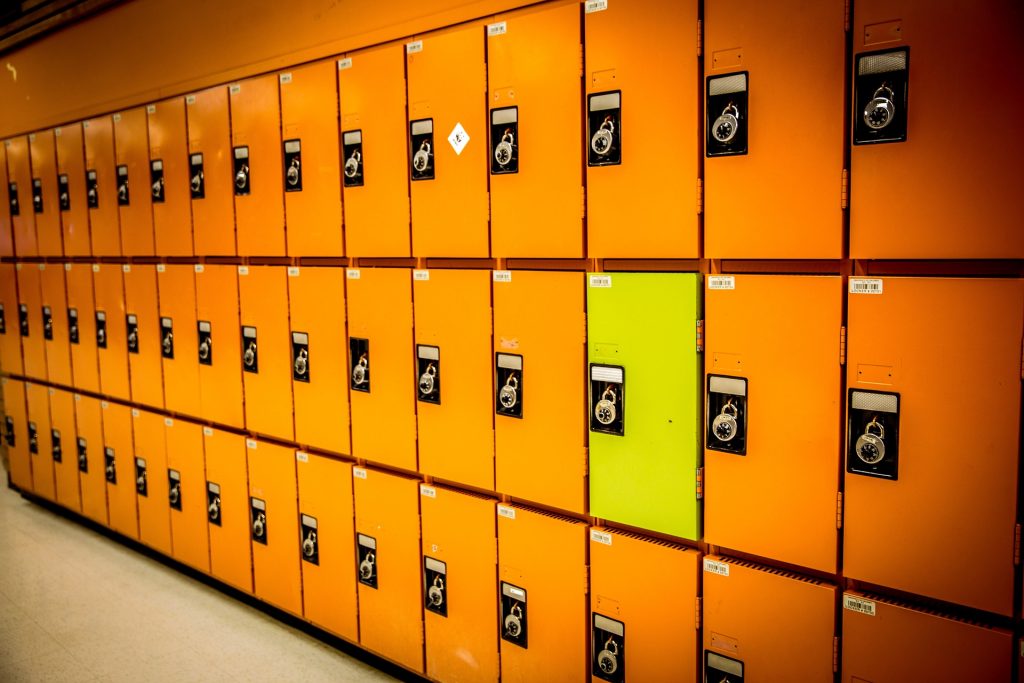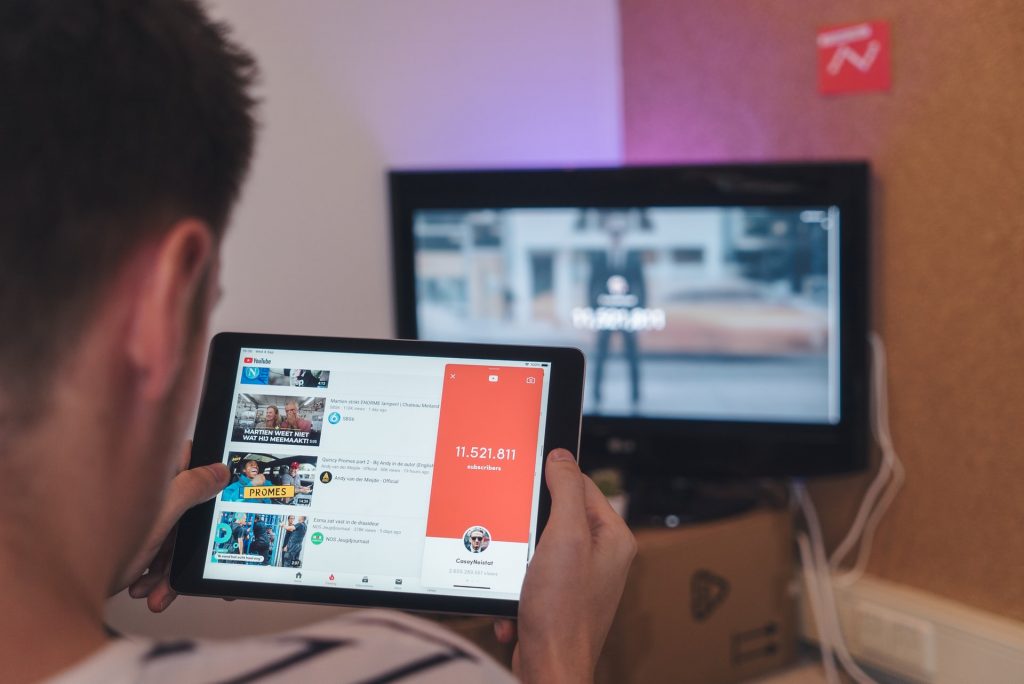Are you looking for strategies to teach students to behave appropriately while sitting at their desk? If so, keep reading.
1. Connect with the student’s parents to disseminate information about the student’s progress. The parents may reinforce the student at home for behaving properly while seated at school.
2. Intervene early and often when there is a problem to prevent a more severe problem from happening.
3. Place the student next to a peer who behaves properly while seated.
4. Provide a full schedule of learning activities. Keeping the student engaged in learning should decrease unacceptable behaviors.
5. Select a peer to model appropriate ways to sit in their seat for the student.
6. Give constant, positive reinforcement for appropriate behavior. Ignore as many unacceptable behaviors as possible.
7. Praise the student for behaving properly in their seat based on the duration of time the student can be successful. As the student shows success, slowly increase the duration of time required for reinforcement.
8. Praise the student for behaving properly in their seat: (a) give the student a concrete reward (e.g., classroom privileges, passing out learning materials, 10 minutes of free time, etc.) or (b) give the student an informal reward (e.g., praise, handshake, smile, etc.).
9. Urge the student to create an understanding of themselves and those around him/her. Get the student to periodically step back and ask themselves, “Am I fidgeting and being overactive?”
10. Get the student to make a list of consequences associated with regularly occurring behaviors (e.g., by disrupting others, I will be perceived as unmannerly; by behaving aggressively, I will cause people to avoid me.).
11. Ensure that the student knows the logical consequences that may happen from behaving improperly while seated (e.g., injury, damaging property, hurting others, etc.).
12. Teach the student to think before acting (e.g., they should ask themselves, “What is happening?” “What am I doing?” “What should I do?” “What will be best for me?”).
13. Put the student in a carrel to lessen distracting stimuli that may cause the student to behave improperly while seated.
14. Praise those students in the classroom who behave properly while seated.
15. Give the student an easily grasped list of consequences for unacceptable behavior.
16. Minimize the emphasis on competition. Competitive learning activities may cause the student to act improperly while seated.
17. Assess the degree of task difficulty to ascertain whether the student will require additional information, time, assistance, etc., to avoid becoming frustrated and engaging in unacceptable behaviors while seated.
18. Consider using a classroom management app. Click here to view a list of apps that we recommend.
19. Consider using an adaptive behavior management app. Click here to view a list of apps that we recommend.
20. Consider using Alexa to help the student learn to behave appropriately. Click here to read an article that we wrote on the subject.
21. Click here to learn about six bonus strategies for challenging problem behaviors and mastering classroom management.
22. Consider using a socio-emotional learning app. Click here to view a list of apps that we recommend.
23. Consider using an emotional intelligence app. Click here to view a list of apps that we recommend.
24. Consider using a school counseling app. Click here to view a list of apps that we recommend.











